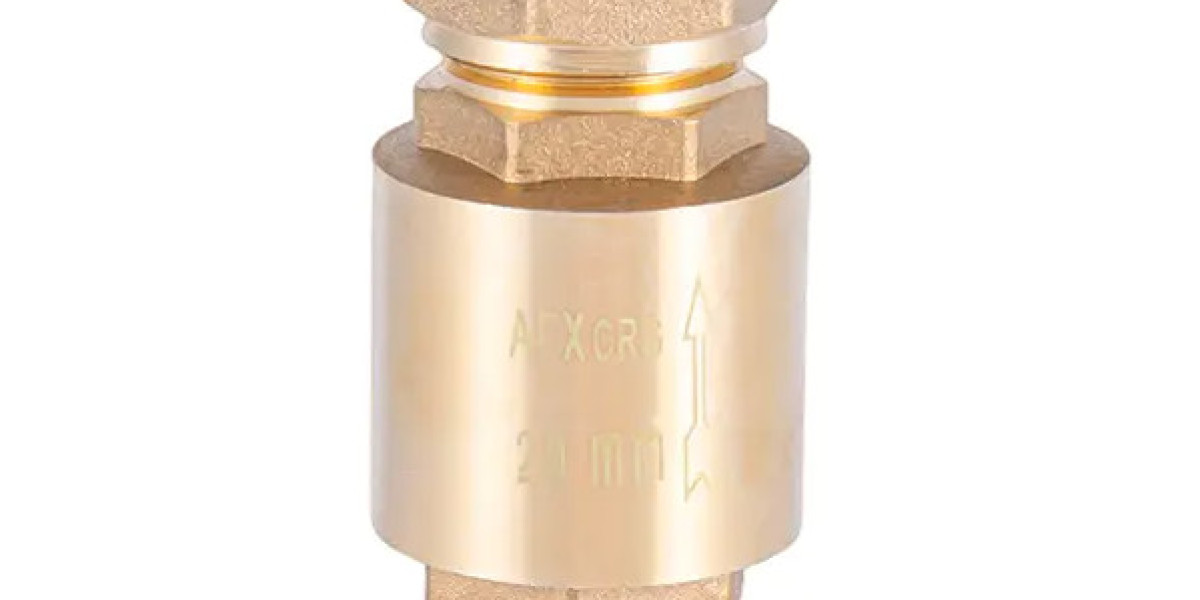The check in valve is a widely used component that ensures the proper direction of flow within a piping system. It is designed to prevent backflow, which could otherwise disrupt operation or compromise the quality of the fluid. The automatic function of the valve makes it reliable in both simple and complex systems.
When liquid or gas flows in the intended direction, the pressure pushes the internal part of the check in valve open. This may involve a ball, disc, or swing mechanism depending on the design. However, when reverse flow begins, gravity or system pressure forces the component to close, creating a seal that stops unwanted movement. Because it does not rely on manual handling, the valve is suitable for continuous use.
Different industries adopt check in valves for varied purposes. In irrigation networks, they stop contaminated water from entering clean supply lines. In oil and gas systems, they reduce pressure surges and protect pumps from potential damage caused by backflow. Even in household settings, such as in heating systems or well pumps, the valve ensures that water circulates correctly.
Design variations include lift, swing, and ball types of check in valves, each with unique characteristics. The choice often depends on system pressure, orientation of the pipeline, and maintenance requirements. Compact ball valves may be suitable for smaller systems, while swing designs are more common in larger installations.
The durability of a check in valve depends largely on material quality. For aggressive fluids, corrosion-resistant metals or engineered plastics are recommended. When installed correctly, these valves can operate for many years with minimal issues. However, routine checks are advisable to ensure the sealing surfaces remain clean and free from deposits that could cause leakage.
The check in valve is not just a small accessory but a crucial safeguard in many systems. By allowing flow in one direction and blocking reverse movement, it maintains efficiency, protects equipment, and supports safe operation across a wide range of applications.








